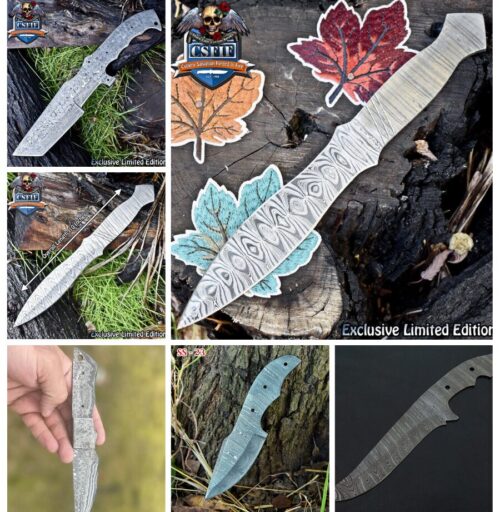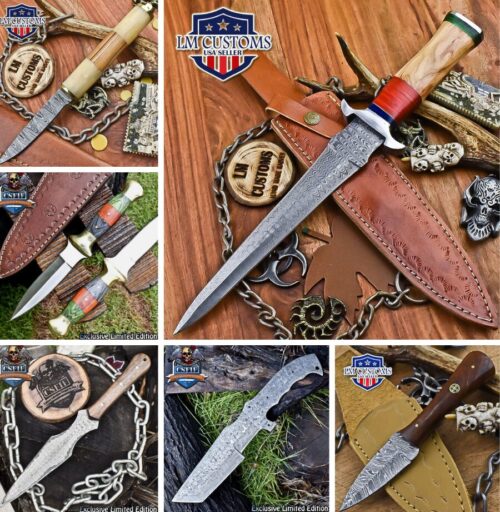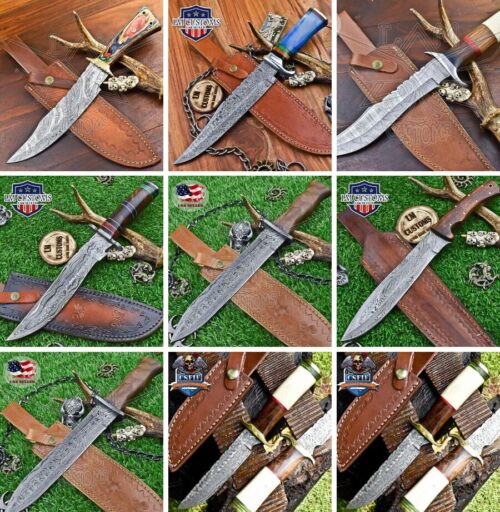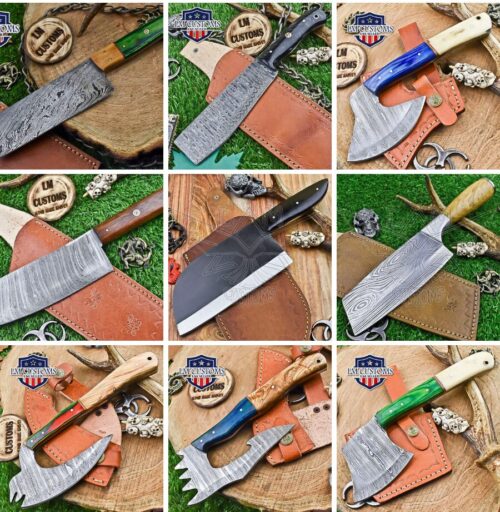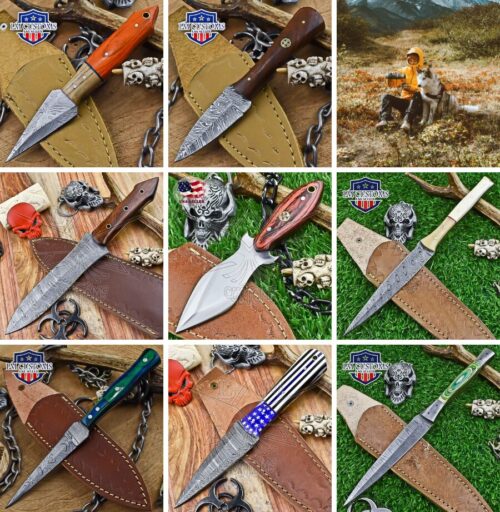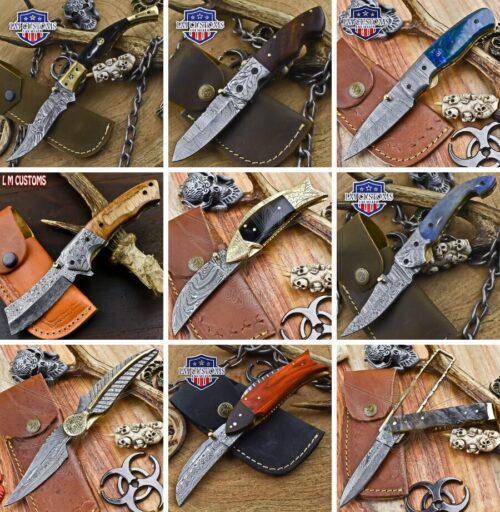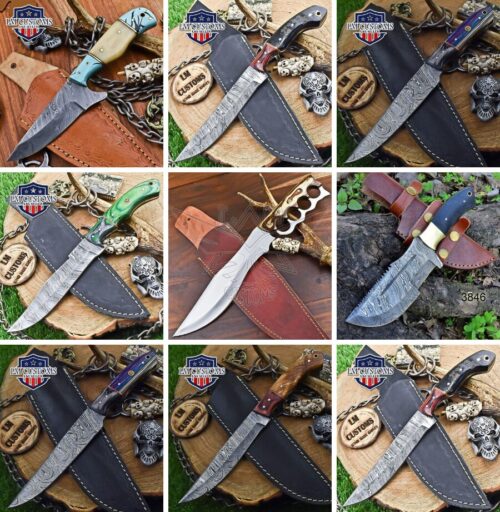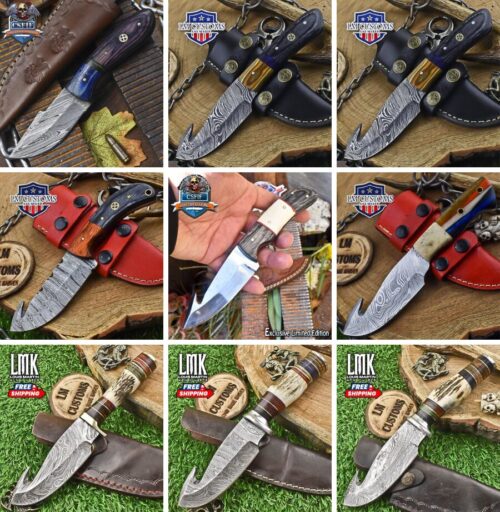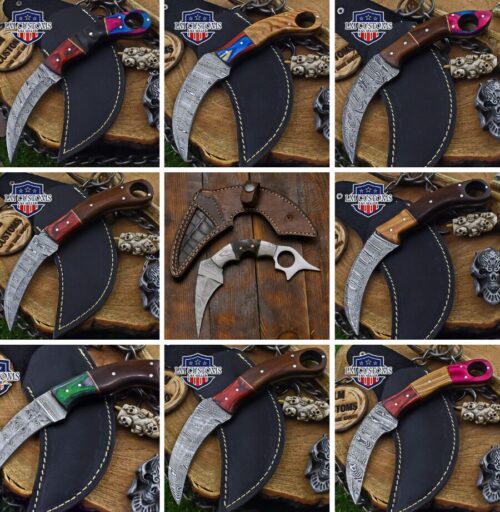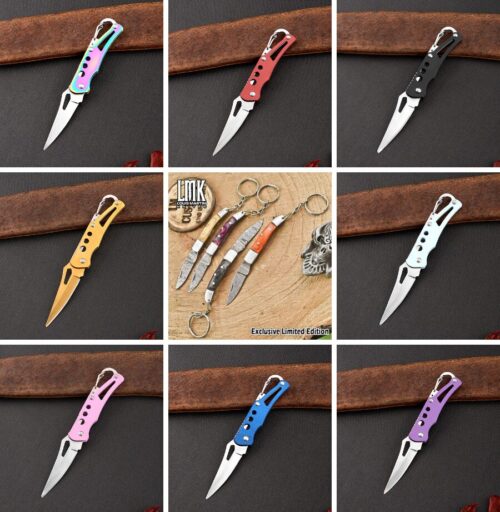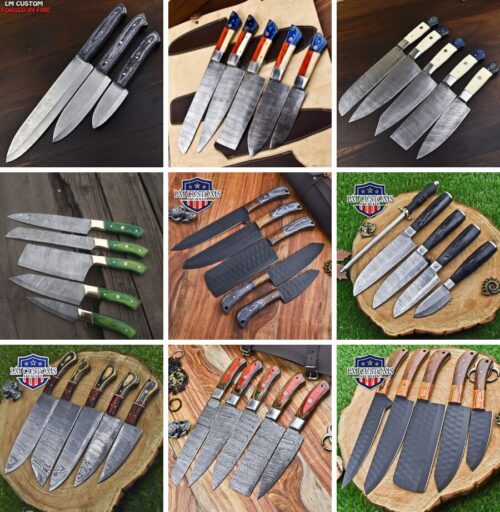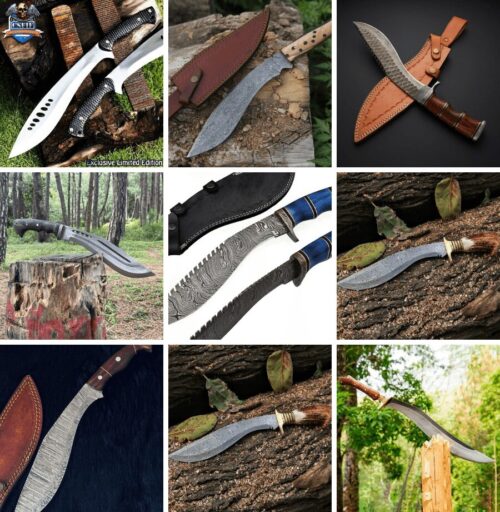Combat Knife
The combat knife has an age-old history, stemming from early civilizations where it played a pivotal role both on and off the battlefield. Over the years, its design has evolved, but its primary function – as a reliable tool and weapon – remains the same
- The combat knife, as we know it today, originated from basic utility knives used by soldiers for various tasks, from cutting ropes to preparing food.
- With time, its design was streamlined to cater to specific combat needs, leading to the birth of the iconic combat knife.
- This article delves into the significance of the combat knife, its features, and offers practical cleaning tips to keep it in prime condition.
The Combat Knife: An Essential Tool for Survivalists and Enthusiasts
The combat knife, with its rich history and essential functionality, is more than just a weapon. It’s a testament to human ingenuity and a vital tool for many. By understanding its significance and maintaining it properly, you ensure its longevity and reliability. The design, material, and usability have evolved with advancements in technology and specific needs in different war theaters. Today, a combat knife is more versatile, serving various functions such as self-defense, utility tasks, and even as a survival tool.
Most Selling Combat Knife
Cleaning Tips
Drying
Always dry your knife immediately after cleaning to prevent rust. Use a soft cloth, ensuring you reach all nooks and crannies.
Sharpening
Depending on usage, regularly sharpen your knife. Use a whetstone or a dedicated knife sharpener.
Storing
Store your combat knife in a dry place. If it came with a sheath, ensure the sheath is dry before inserting the knife.
The Evolution of the Damascus Combat Knife: From Utility to Combat
The combat knife, with its rich history and essential functionality, is more than just a weapon. It’s a testament to human ingenuity and a vital tool for many. By understanding its significance and maintaining it properly, you ensure its longevity and reliability. The combat knife is not just an instrument of warfare but a multipurpose tool with a rich history. Its evolution has led to various forms and functionalities that serve us in many walks of life. Through proper care and maintenance, a good combat knife can serve you reliably for a lifetime.

Features of a Good Combat Knife: A Deeper Look
- Blade Material: High-carbon steel offers superb edge retention and durability but is prone to rust. Stainless steel is more corrosion-resistant but may not hold an edge as well. Some modern combat knives even employ high-tech materials like VG-10 or CPM-S30V for their blades.
- Tang: A full tang design is considered the pinnacle of durability in knife construction. In this design, the metal of the blade extends through the handle, providing unbreakable integrity. This ensures that the knife can handle high levels of stress, making it reliable in combat and survival situations.
- Blade Shape:
- Drop Point: Ideal for slicing and capable of maintaining a sharper point for penetration.
- Clip Point: Known for its sharp, pointed design which makes it ideal for stabbing.
- Tanto: Modern tactical variant, designed to puncture and penetrate tough materials.
- Handle Material:
- Rubber: Offers excellent grip even in wet conditions.
- G10: A laminate composite favored for its durability.
- Micarta: Known for its toughness and grip, often used in high-end combat knives.
- Additional Features: Some combat knives come with serrated edges for cutting through tough materials like rope or bone. Others have hollow handles for storage of survival gear. Some modern variants even come with integrated fire-starters.
In-Depth Cleaning and Maintenance Tips
- Cleaning: Use a non-abrasive soap and a nylon brush for scrubbing off any grime or dried substances. Avoid using dishwashers as they can cause the blade to become dull and may lead to rust.
- Drying: Thoroughly dry your knife using lint-free towels. You can also use compressed air to remove moisture from hard-to-reach areas.
- Sharpening: Use a honing rod for quick touch-ups and a whetstone for more comprehensive sharpening. Always follow the manufacturer’s guidelines for sharpening angles.
- Storing: Silica gel packets can be kept with the knife during storage to absorb any residual moisture. If you’re storing it for an extended period, it’s advisable to wrap the blade in an anti-corrosion paper.
- Oil Maintenance: Use food-safe mineral oil if you intend to use your knife for food preparation. Apply the oil using a lint-free cloth, covering all metal parts, not just the blade.
